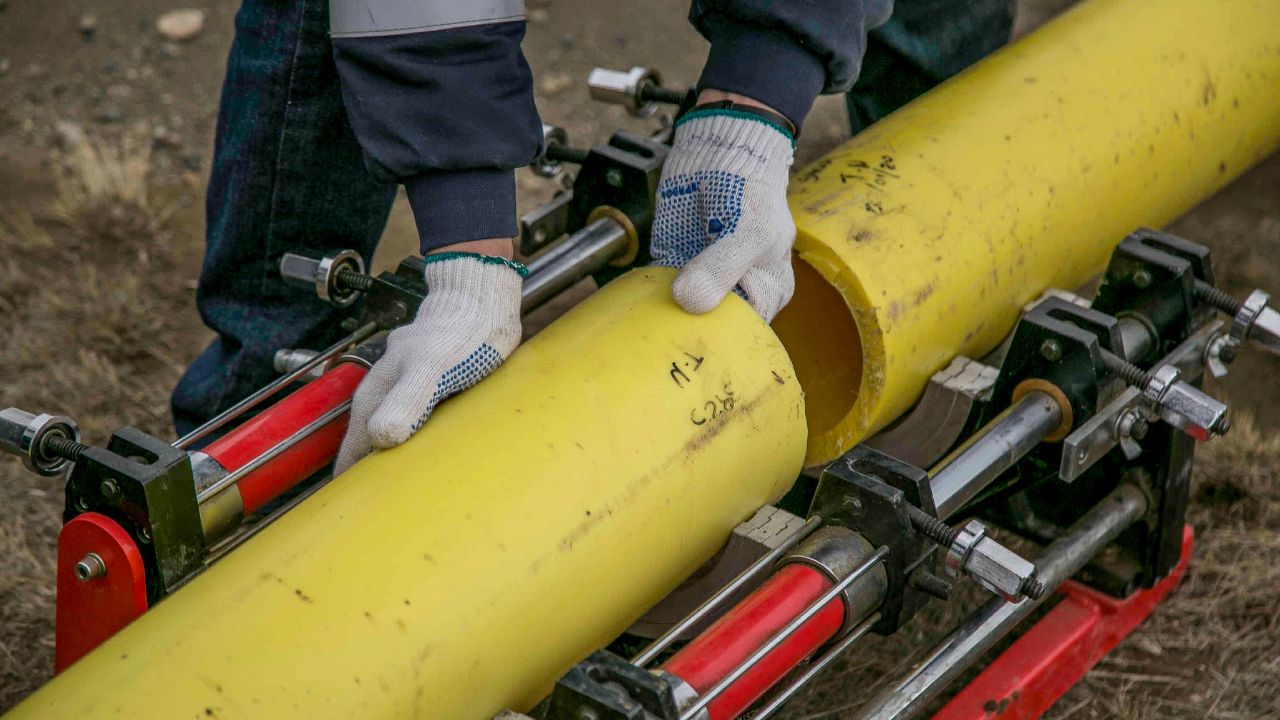Easily calculate the weight of pipes with our Pipe Weight Calculator. Enter diameter, thickness, length, and material density to get accurate results. Perfect for construction, plumbing, and industrial projects.
When working on construction, plumbing, or manufacturing projects, knowing the weight of pipes is essential for planning, transportation, and cost estimation. Our Pipe Weight Calculator makes it simple to calculate pipe weight using just a few input values: diameter, thickness, length, and material density.
Formula to Calculate Pipe Weight
The weight of a pipe depends on its volume and the density of the material.
Step 1: Calculate Pipe Volume
A pipe is essentially a hollow cylinder. The volume is given by:
V=π⋅4(OD2−ID2)⋅L
Where:
- V = Pipe Volume (cm3 or m3 )
- OD = Outer Diameter of Pipe
- ID = Inner Diameter of Pipe = OD − 2t (where t = thickness)
- L = Pipe Length
Step 2: Calculate Pipe Weight
W=V⋅ρ
Where:
- W = Pipe Weight
- V = Pipe Volume
- ρ = Density of the Material
Example Calculation
Let’s calculate the weight of a steel pipe with the following details:
- Outer Diameter (OD) = 100 mm = 0.1 m
- Thickness (t) = 5 mm = 0.005 m
- Length (L) = 6 m
- Density of Steel (ρ ) = 7850 kg/m³
Step 1: Find Inner Diameter
ID=OD−2t=0.1−(2×0.005)=0.09m
Step 2: Pipe Volume
V=π⋅4(OD2−ID2)⋅L
V=π⋅4(0.12−0.092)⋅6
V=π⋅4(0.01−0.0081)⋅6
V=π⋅40.0019⋅6
V=π⋅0.000475⋅6=0.00895m3
Step 3: Pipe Weight
W=V⋅ρ=0.00895⋅7850=70.2kg
✅ So, the weight of the steel pipe is approximately 70.2 kg.
FAQs
Q1: What does "Pipe Weight" refer to in construction?
A1: "Pipe Weight" typically refers to the weight per unit length of a pipe (e.g., pounds per foot or kilograms per meter) or the total weight of a pipe section. It includes the weight of the pipe material itself and can sometimes factor in contents when considering structural loads.
Q2: Why is knowing Pipe Weight important in construction projects?
A2: Knowing pipe weight is crucial for:
- Structural Support: Designing adequate hangers, supports, and pipe racks to bear the load.
- Material Handling & Installation: Planning for equipment (cranes, forklifts) and manpower needed for transport and installation.
- Foundation & Slab Design: Calculating overall loads on floors, foundations, and structures.
- Shipping & Logistics: Determining freight costs and permissible load limits for transportation.
Q3: What factors influence a pipe's weight?
A3: A pipe's weight is primarily influenced by:
- Material: Different materials (steel, PVC, copper, cast iron) have varying densities.
- Nominal Pipe Size (NPS) / Diameter: Larger diameter pipes are heavier.
- Wall Thickness (Schedule): Thicker pipe walls (higher schedule numbers) result in greater weight.
- Length: The longer the pipe, the heavier its total weight.
- Contents (if applicable): The weight of any fluid or material inside the pipe can be a significant additional load.
Q4: How is Pipe Weight typically specified or found?
A4: Pipe weight per foot/meter is usually found in:
- Manufacturer's data sheets: For specific pipe products.
- Industry standards & tables: Such as ASME B36.10M (for welded and seamless wrought steel pipes) or other material-specific standards, which list weights for various pipe sizes and schedules.
- Engineering software: Many piping design tools can automatically calculate pipe weights.

Check out 2 Similar Calculators: